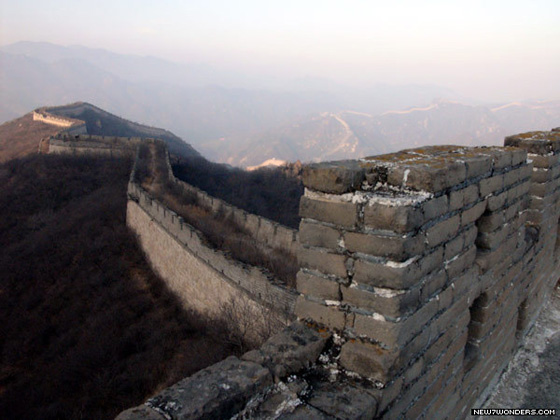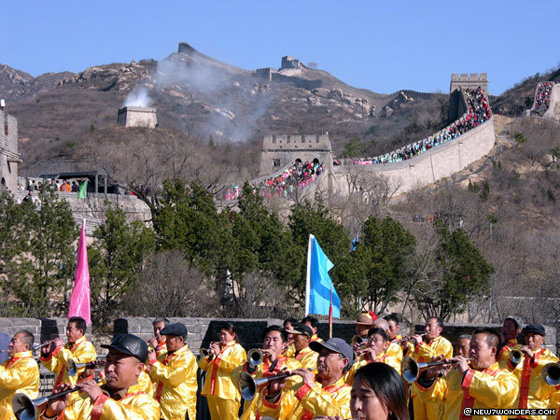
Voted as one of the Official New 7 Wonders of the World in 2007, the Great Wall of China is now only five years later one of the world’s most popular tourist attractions. In fact, the increase in visitor numbers (many of whom voted for the Great Wall and now want to experience it first hand) has reached such levels that the authorities in Beijing have decided to open two new parts to the public.
Kong Fanzhi, chief of Beijing’s cultural relics bureau, was quoted by the Xinhua News Agency as saying that the move was aimed at reducing the impact on the sections of the Great Wall that are presently open to tourists. “These Great Wall sections are overloaded on weekends and holidays,” he said, adding that people have climbed the closed sections of the Great Wall, which has led to damage to this unique Wonder of the World.
The Official New 7 Wonders of the World were elected by more than 100 million votes and announced at the Declaration Ceremony in Lisbon, Portugal, on 7 July 2007. A study conducted by Pearson of London (publisher of the Financial Times newspaper), valued the economic contribution made by the campaign to elect the man-made New 7 Wonders of the World as being in excess of US$ 5 billion worth of tourism, economic and promotional value.
During the New Seven Wonders World Tour, Bernard Weber, Founder-President of New7Wonders visited Badaling near Beijing on 9 November 2006, and he wrote in his blog that “…looking at the Great Wall is like looking at a perspective drawing of the famous Dutch painter Escher. This giant, winding wall embedded into a beautiful and fascinating landscape is an incomparable visual pleasure! Every direction you look, there is a picture, a drawing, a painting, a photo, a film, a hologram…”

Earlier this week, the Great Wall of China was declared to be even longer than previously thought. The BBC reported that the latest state survey measures the wall at 21,196.18km long. A study released in 2009 estimated it to be 8,850km long.


